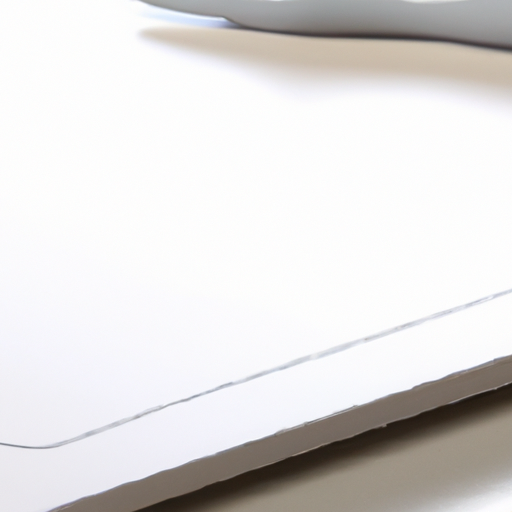The History of Whiteboard Manufacturing
The evolution of whiteboard manufacturing can be traced back to the early days of education. Traditionally, classrooms utilized chalkboards, which provided a flat surface for teachers to write and illustrate concepts during lessons. While effective, chalkboards posed several challenges, including dust pollution and the limitation of colors. In the late 20th century, the need for cleaner, more versatile writing surfaces led to the development of whiteboards, offering a new era in classroom engagement.
Initially, the first whiteboards were made from materials such as melamine and porcelain, allowing for the easy erasure of markers without the mess associated with chalk. This innovation was quickly embraced by educators, as it offered a more dynamic way to present information. Over time, manufacturers began to innovate further, introducing dry-erase boards that significantly improved clarity and ease of use. These developments revolutionized the classroom experience, enabling teachers to diversify their teaching methods and promote interactive learning.
As technology advanced, smart boards emerged as a prominent feature of modern education. Integrating interactive technology with traditional whiteboard functions, these boards offered capabilities such as touch sensitivity, audio-visual capabilities, and connectivity to various educational resources. Notable manufacturers such as SMART Technologies and Promethean played a pivotal role in popularizing these interactive devices, contributing to the global standardization of classroom technology.
Throughout the years, whiteboard manufacturing has seen a significant evolution, marked by continuous material enhancements and technological innovations. With each advancement, manufacturers have played an essential role in improving teaching tools and methodologies, allowing educators to better facilitate learning outcomes. The history of whiteboard manufacturing not only reflects the changing landscape of educational tools but also signifies the ongoing commitment to enhancing teaching and learning experiences in classrooms worldwide.
The Future of Whiteboard Manufacturing and Trends to Watch
The evolution of whiteboard manufacturing is experiencing a significant transformation, driven by educational needs and technological advancements. As classrooms increasingly integrate digital solutions, manufacturers are prioritizing the development of interactive whiteboards that facilitate dynamic teaching methods. These boards enhance user engagement by allowing educators and students to interact directly with digital content, thereby fostering a collaborative learning environment.
Moreover, contemporary manufacturers are placing emphasis on sustainability within their production processes. The emphasis on eco-friendly materials—such as recycled plastics and non-toxic coatings—reflects a growing awareness of environmental concerns. This shift not only caters to the preferences of environmentally conscious consumers but also aligns with educational institutions striving to promote sustainability among students. In addition, these eco-friendly products do not compromise on performance, ensuring that they meet the functional demands of modern classrooms.
The rise of remote and hybrid learning has further influenced whiteboard design and functionality. Manufacturers are increasingly focusing on creating versatile boards that can serve multiple purposes within a variety of learning environments. For instance, boards that can switch easily between traditional writing surfaces and digital displays are becoming more prevalent. This flexibility is crucial as educators navigate the complexities of teaching in both physical and virtual settings.
Consumer preferences have shifted towards solutions that offer more than just basic writing surfaces. The demand for multipurpose boards, which incorporate features such as magnetic surfaces and projection capabilities, is on the rise. Manufacturers are readily adapting to these trends, ensuring that their products cater to the diverse needs of modern educators and students. As we look toward the future, the whiteboard manufacturing landscape promises to evolve further, continuously aligning with the changing dynamics of education.



